Published by admin on 14 Dec 2009
Blunders and Boo Boos Story and Photos By Judd Cooney
Blunders and Boo Boos
This long-time bowhunter has a few unfavorable experiences to tell about.
Story and Photos By Judd Cooney

http://www.bowandarrowhunting.com/
The six-point bull was plum agitated at the infernal interloper (me) that was trying to cut in on his harem. His deep-chested chuckling grunts and high-pitched bugles echoing through the quaking aspen and across the broad valley left little doubt about his attitude. Tough and belligerent as the bull sounded, he wasn’t hesitating as he pushed cows and calves up the slope toward the dark timber and their bedding area.
Guide Dennis Schutz, my compadre Mark Peterson and I were a hundred yards below the elk when they crossed a small grassy park and headed up through a dense patch of aspen. The heard was unaware of our trailing presence as we jogged through the dense timber to the edge of the meadow. We were in time to catch sight of the last shadowy forms ambling over the aspen-covered knoll. Mark and I quickly set up about 30 yards apart while Dennis stayed behind us.
I squealed sharply to imitate a young bull and immediately switched to excited, pleading hyper-cow calling. The sound of a raghorn with a hot cow was more than the herd bull could stand and it brought him charging down the hillside and into the open 100 yards across the clearing. He responded to a couple of soft, seductive cow mews by trotting directly toward us, grunting and squealing as he came. I was hoping he’d give Mark a shot but he’d pinpointed the sounds and ended up facing me at 10 yards. I was backed into the shadows at the base of a spruce and knew he wouldn’t spot me unless I moved, so I waited him out. When the frustrated bull turned away and started to circle I jerked to full draw, picked an apparently clear shooting lane at 20 yards and when the bull stepped into the open I sent my Phantom tipped XX75 on its way. The ringing clang of my arrow colliding with a chest-high stump that stood there 300 yards just waiting to ruin my shot and the thuuunk of the arrow burying itself in an inedible, non-trophy aspen made me appreciate the good side of forest fires. How the hell I could have missed seeing a 16-inch-wide slab of dead tree 20 feet in front of me defies logic. But those are the bowhunting blunders that allow four-legged adversaries to win a disproportionate number of encounters and give bowhunters an excuse for blowing a perfect shot.
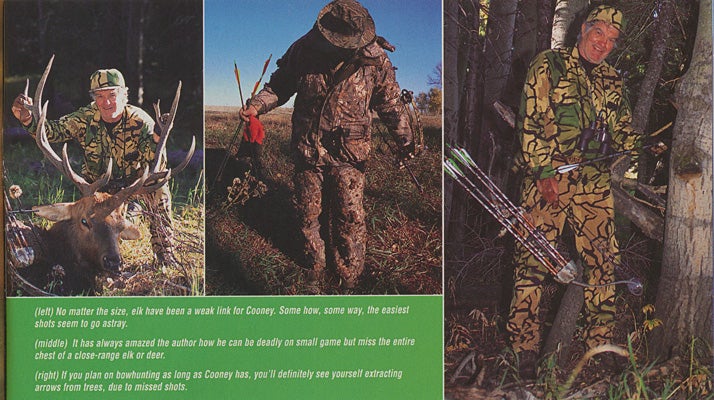
Catspaw Ranch, where I wounded a spruce stump and killed an aspen, is 20.000 acres of the most pristine quality elk hunting property in Colorado. The ranch has a high elk population with many quality bullsand unfortunately too many trees for me to effectively bowhunt elk.
Last fall, while bowhunting elk on Catspaw I called up and passed on a number of good bulls. Several respectable five- and six-point bulls I seduced to within 20 yards or less and came to full draw. However, I patiently held off waiting for a shot at a 320 bull or better. Dumb!
The last evening of my bowhunt my son-in-law, Mike Kraetch, tagged along to help me pack out my elk. Nothing like confidence. We parked the truck along a quaking aspen grove intending to move up the sloping valley side and catch the elk as they moved down to the lower meadows to feed. It’s a lot easier to call an elk in the direction it’s headed rather than to try and turn it back to the country it just vacated. We’d only gotten a couple hundred yards from the truck when we spotted an elk ghosting silently through the aspens a hundred yards upwind of us. Even with binoculars we couldn’t tell if it was a bull or cow before it melted into the dense background. At this point in the season a nice fat cow would fit nicely in our freezer as easily as a bull, so I moved a few yards ahead of Mike, knelt in the shadows of a low-branched spruce and wheedled a couple lonesome cow mews. A bull answered immediately and within seconds a five-by-five materialized and started threading his way through the thicket of young spruce and fir. He was 40 yards and closing steadily when I eased to full draw and swung with him. At 20 yards he stopped behind some trees with his chest area centered in the V of two leaning dead trees. I mentally thought, “How can I go wrong with everything but the kill zone covered by brush: as I released the arrow. Yeah, right. The solid whack of my arrow slamming into dead wood wasn’t nearly as infuriating as the snickering from my son-in-law oh well, I could always use the firewood.
It’s amazing how many times in more than 40 years of bowhunting I’ve managed to hit various objects between me and the critter I’m trying to arrow. I can recall numerous times my arrow hit the omnipresent “unseen object,” and flew harmlessly over or under a critter’s back or chest. Danged if I can recall a single instance where a collision with a foreground object caused my arrow to ricochet into the kill zone or any other zone of a target critter. Don’t seem fair.
Elk have been my nemesis from day one and there have been a number of encounters where I would have gladly traded my compound for a 7mm magnum just to level the playing field a bit.
I try to keep my bowhunting equipment simple, no sights, no release, a simple, easily replaceable flipper rest, etc. The less technological gadgetry, the less chance that equipment failure can ruin a shot opportunity. Not necessarily so. I was elk hunting a couple of years back on a private ranch, with some spectacular bulls roaming the oak and aspen slopes, during the peak of the rut when a small equipment glitch turned the opportunity to arrow a huge bull into just another atrocious memory.
I’d been working a monstrous six-point herd bull since shortly after daylight but couldn’t get him to leave his harm of delectable darlings for a vocal babe in the bush. I finally just shut up and followed the herd from the lower meadows into the thick timbered benches where I knew they’d bed for the day. When the herd finally stopped moving upward, I eased around on the downwind side and started a slow, careful stalk to get as close to the bedded bunch as possible. It worked. After an hour of meticulous moving I could see cows bedded 50 yards from me and soon glassed the agitated bull as he meandered among his ladies keeping an eye on them. A perfect setup.
I slipped into the dark shadows of an uprooted for and got ready for fast action. The minute I squealed and started the intense sounds of a horny cow wanting and expecting immediate attention the bull broke from his harem and headed my way full tilt. I jerked to full draw and instantly realized all was not good for killing this bull. I was shooting carbon shafts with the pressure-fit adjustable nocks and in my excitement I’d probably overdrawn a bit or some such blunder and pulled the nock out of the shaft. So I was at full draw with my arrow shaft hanging down off the rest and the nock firmly anchored in the corner of my mouth. By this time the humongous bull had closed less than10 yards and was locked onto my camouflaged form. He probably saw the smoke and flames coming out of my nose and ears as I debated how much damage a nock would do to an 800-pound bull elk at point-blank range. I stayed locked into position hoping the bull would turn and give me a chance to let down, refit the nock and get a shot. Ha! Fat chance. A vagrant swirl of breeze hit the bull’s sensitive nose with the force of a hurricane and he literally kicked dirt and pine needles on me as he whirled and got the hell out of there. My hunting nocks are now epoxied into the shaft, the hell with adjust-ability!

Some screw-ups defy understanding or logic but still seem to favor the hunted and not the hunter. I was hunting mule deer one fall by working down a ridgetop in some rocky canyon country hoping to catch a good buck moving from the alfalfa fields in the valley bottom to bed on the cooler high ridges. The sun had just started to gild the tops of the hills with its warm glow when I spotted a heavy-beamed 4×4 buck on the far side of a steep ravine working his way upward. I was in perfect position to drop down ahead of him level with the trail he was following, and wait for him to pass on the other side of the narrow, deep defile. The shot would be 35 to 40 yards across the canyon, a bit longer than I preferred but wide open with a solid dirt background so I wouldn’t even lose my arrow if I missed. There were numerous huge ponderosa pines growing along the sides of the ravine so I slipped and slid down a gully out of the buck’s vision and crawled into a shadowed nock behind a rocky outcropping. There were enough branches hanging down to break up the openness of the hillside and the morning breeze drifting upward made everything perfect for my ambush.
When the unsuspecting buck passed behind a leaning ponderosa downhill from my position I came to full draw. My full concentration was focused on the buck and when he was slightly past me, I whistled to stop him. The second he paused in mid-stride I released, eagerly anticipating his faltering death run. The buck jumped at the shot and then trotted nonchalantly up the trail obviously not in a mortal flight. I immediately got my binocs on him and could see no sign of a hit. I’d watched the fluorescent orange crested arrow zip across the canyon and the shot looked good, so what happened?
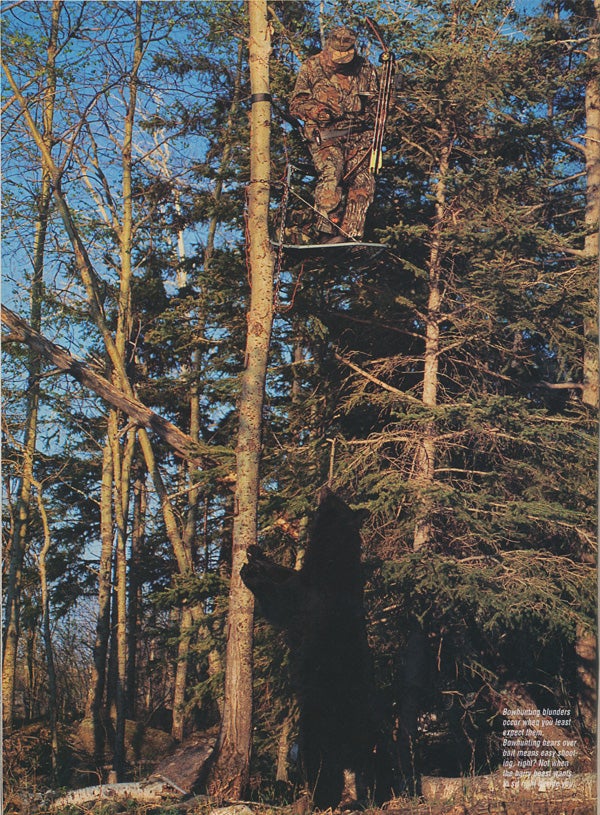
I couldn’t see a sign of my arrow sticking in the dirt bank and focused again on the buck figuring he was so dumb or tough he didn’t realize he’d been fatally shot. I glassed him all the way to the top of the ridge willing him to lay down or fall dead. No such luck.
Fully befuddled I slithered and skidded down the steep slope to the narrow canyon bottom, determined to find out what happened. As I started up the far side I glanced up the saw my arrow was hanging in mid-air over the canyon. My well-placed shot had hit and split a thumb-sized pine branch hanging down over the chasm. The shaft had driven almost to the fletching through the infernal, flexible branch before losing momentum and stopping in mid flight. Far as I know both the ill-flighted arrow and the bewitched buck are still on that mountainside.
Extenuating circumstances that exist at the time and may not be entirely controllable causes some blunders and screw ups. Then there are those blunders and boo boos caused by a simple case of the stupids.
Such was the case when I was hunting blacktails in northern California a couple of years back. M.R. James, John Ruane (a long-time client and friend), Michael Bates (one of my bowhunting guides) and I were hunting a unique property bordering the Sacramento River that consisted of dense riverbottom thickets, impenetrable timber and blackberry-chocked creek bottoms winding through acres of lush walnut groves. The walnut tree’s succulent leaves provided an irresistible attraction for the local blacktail deer. The first evening we counted more than a hundred deer in the groves and a number of bucks that would make Pope& Young with ease. The ranch had limited gun hunting for several years but had never been bowhunted during the early season.
The outfitter had never guided bowhunters before and only had four tree stands on the 1,200-acre ranch. The immovable stands left much to be desired as far as placement and it took us several days to figure out how to effectively hunt the visible yet elusive deer. I’d located a well-used travel corridor and set up on it for several mornings and evenings. I passed on several decent bucks hoping for a shot at one of the huge bucks we’d glassed each day. I’d watched a huge buck feeding in a corner of the grove one morning and when he exited the grove to bed up I figured to be waiting for him that afternoon.
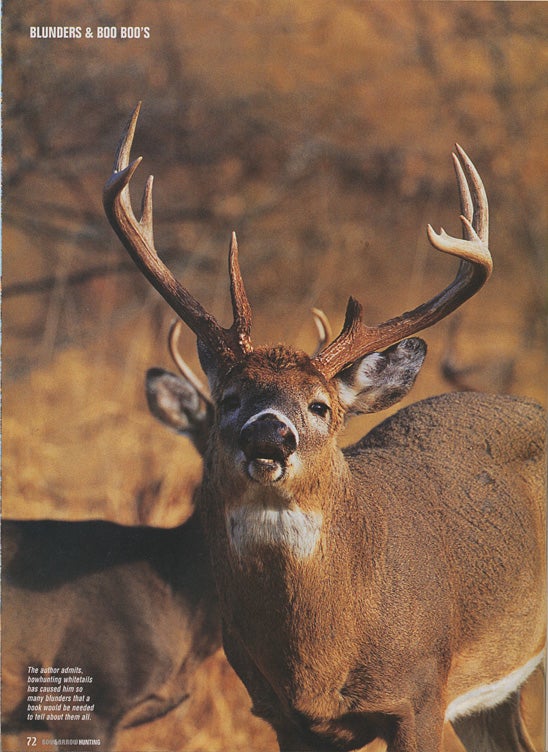
I slipped into the weed-grown corner early in the afternoon and plunked lazily down against the base of a tree downwind of the deer trail. I figured it was early for deer movement so I was enjoying a can of soda with my bow leaned against a bush a few feet away, arrows still in the quiver. One instant the trail was vacant and the next the blacktail buck of a bowhunter’s dreams was standing 10 yards away staring at me. The monstrous five-by-five would have scored 140 or better and been well up in the record books and there I sat, flat on my butt, my bow out of reach and no arrow on the string. Major dumb blunder. Needless to say a buck that size doesn’t give you a second chance. Be prepared.
I’ve blundered so many times bowhunting whitetails that it would probably take a book to cover all of them. I’ve hit a single strand of barbed wire at 20 yards, between me and a trophy buck. A wire I could never hit if I tried. I’ve drawn too soon on approaching bucks and had to let down to keep my shorts from creeping up around my neck choking me, altering the bucks in the process. The next time under similar situations I didn’t draw soon enough and had bucks get so close I didn’t dare draw for fear of spooking them. For every instance my timing is just right there are usually three or four times when it’s terrible and costs me a shot at a trophy animal. Bowhunters are dealing with a whole deck of variables and few constants and what may be a major blunder in one instance may be just the right course of action on the next occasion. Go figure.
Boo boos and blunders are in integral part of the bowhunting challenge. Unique experiences that can mature you into a more knowledgeable and effective bowhunter or make you take up bowling or golf.


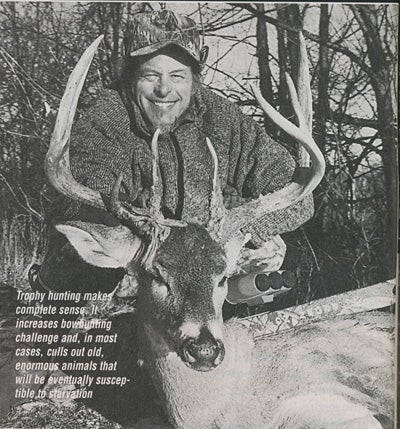
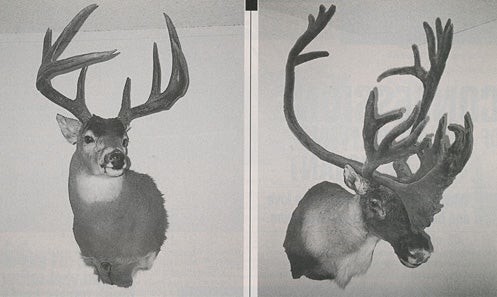
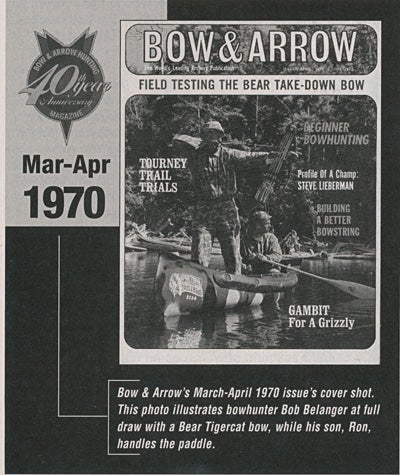

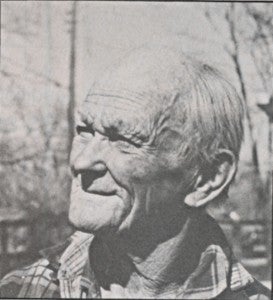
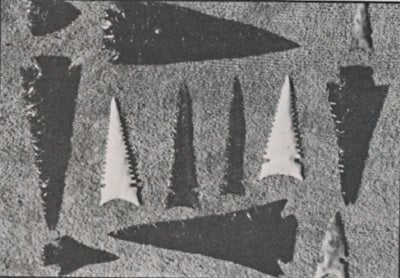
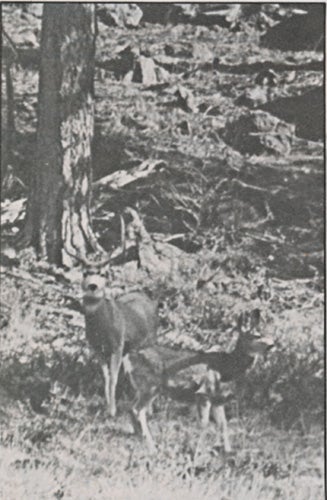
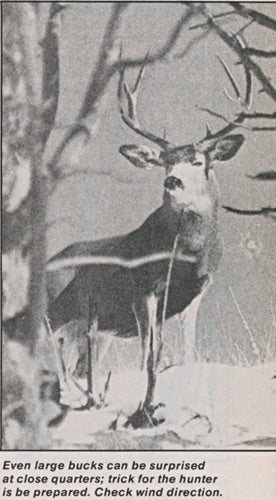
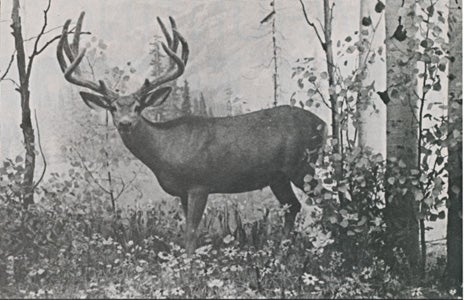
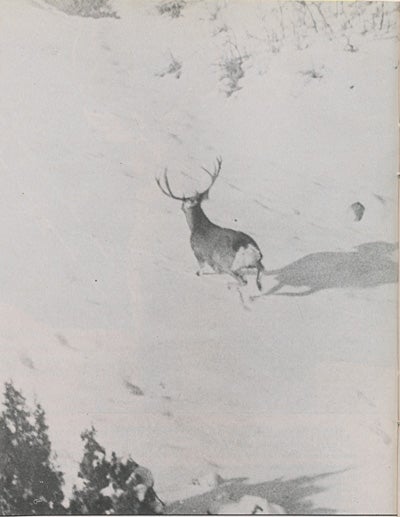
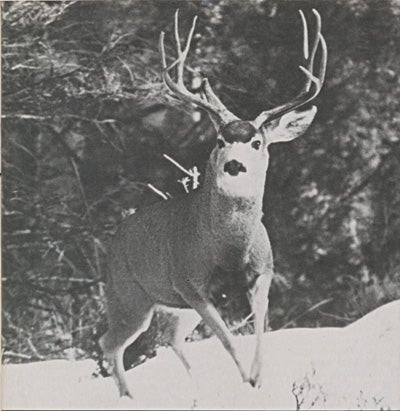

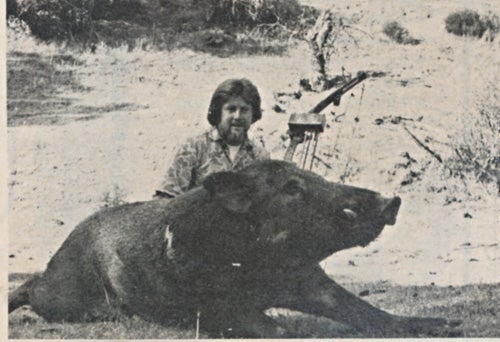
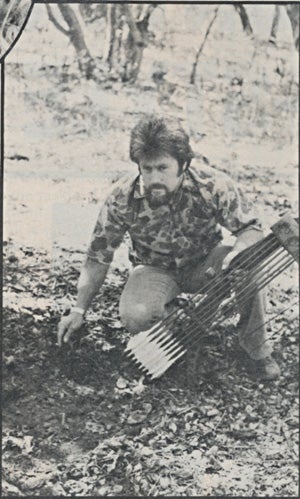

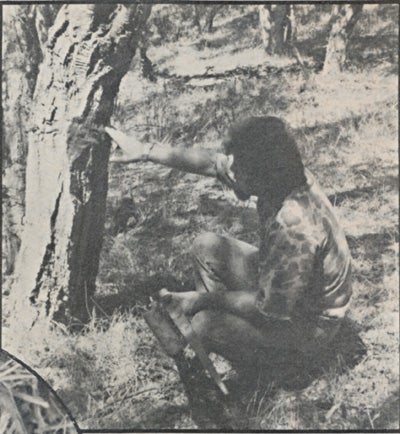

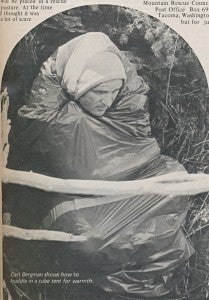
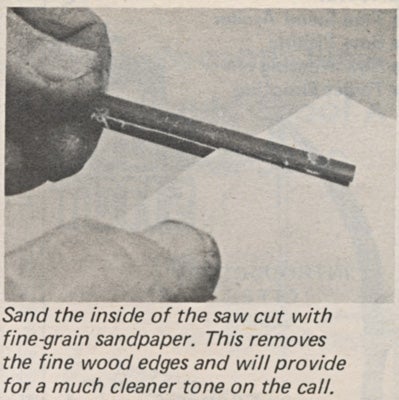

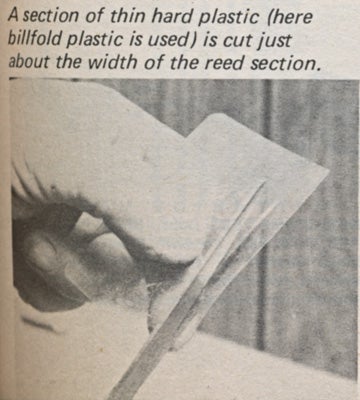
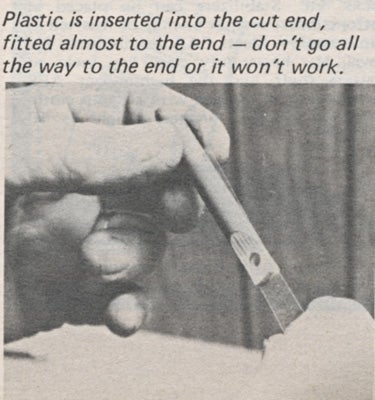
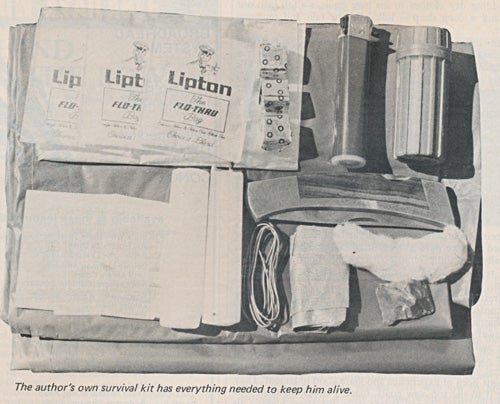

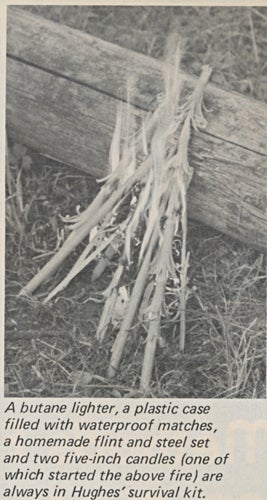

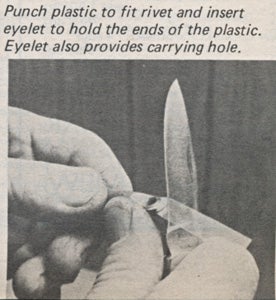
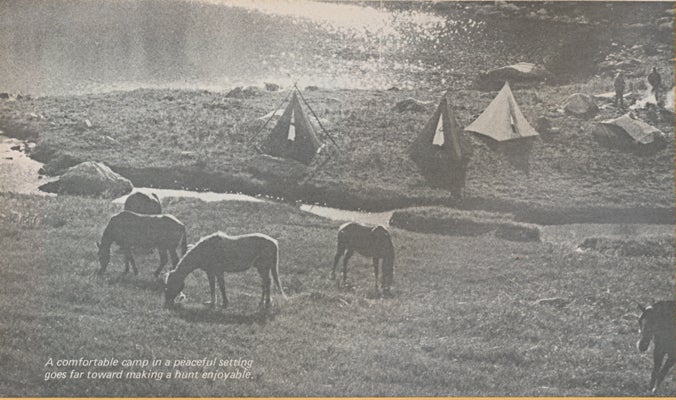

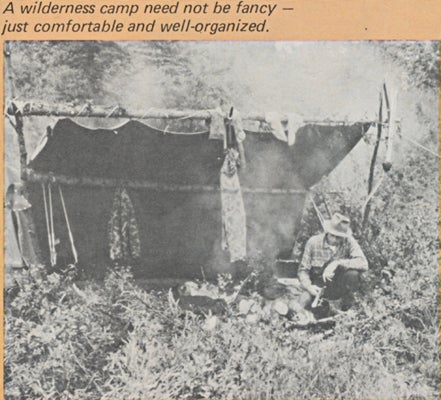
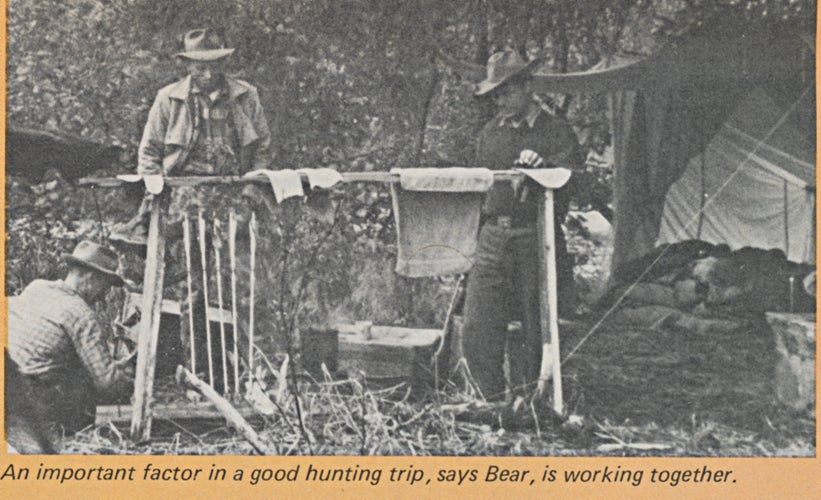
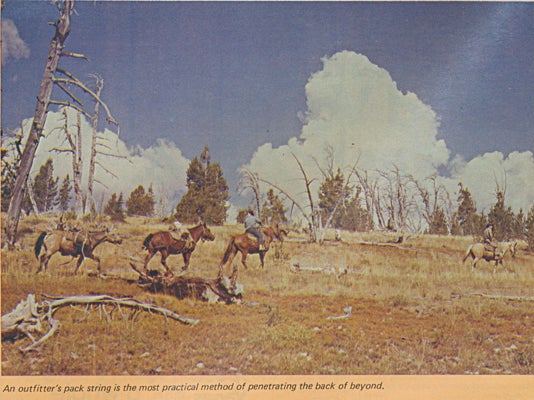
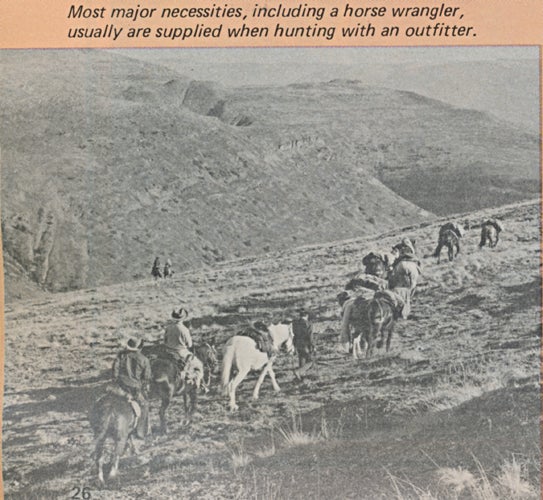
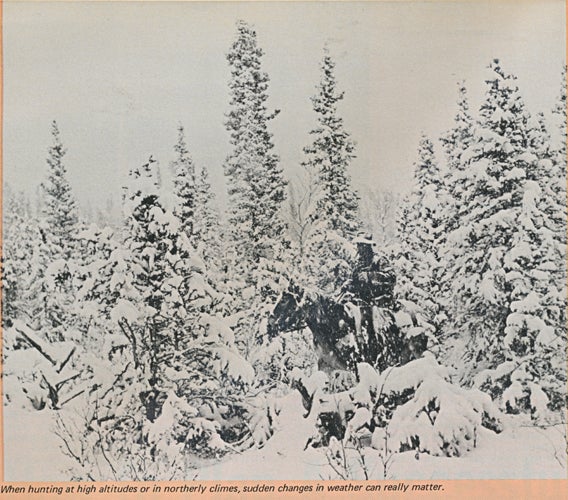
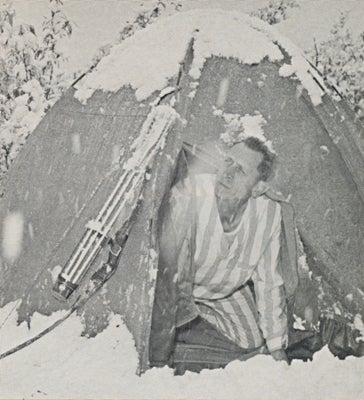
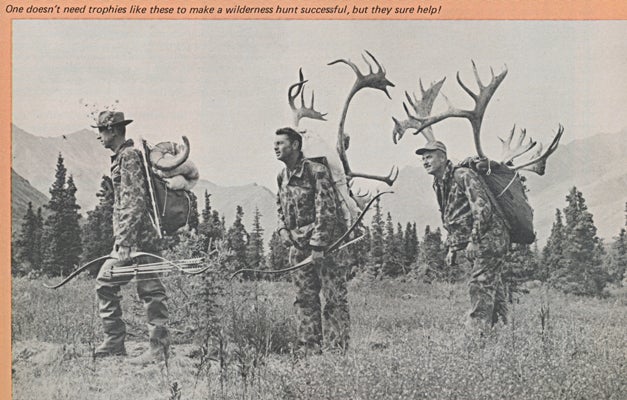

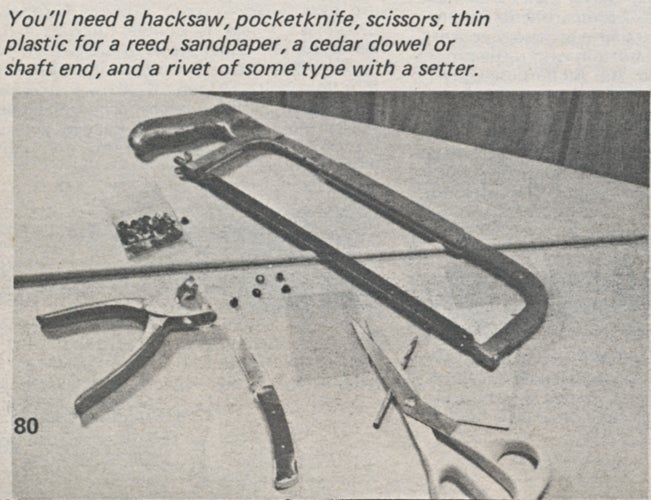
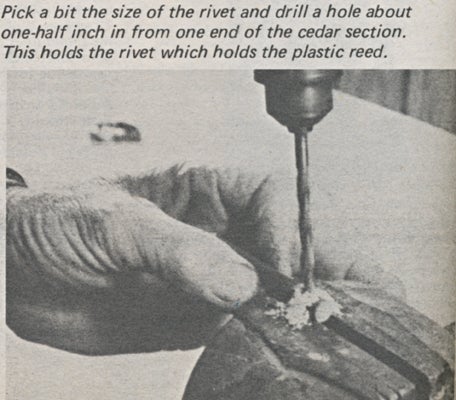
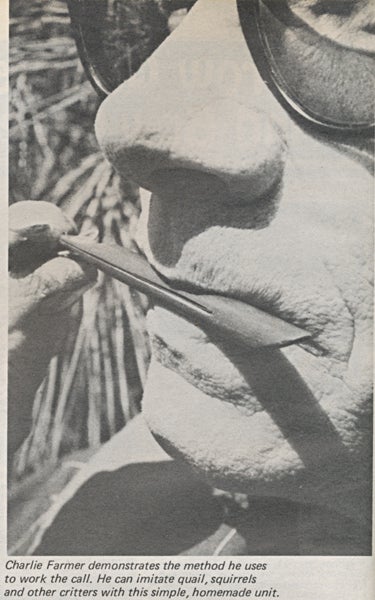
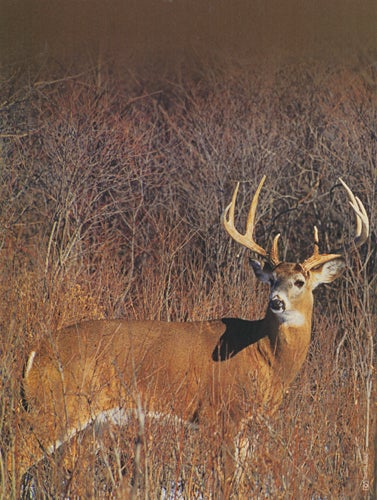
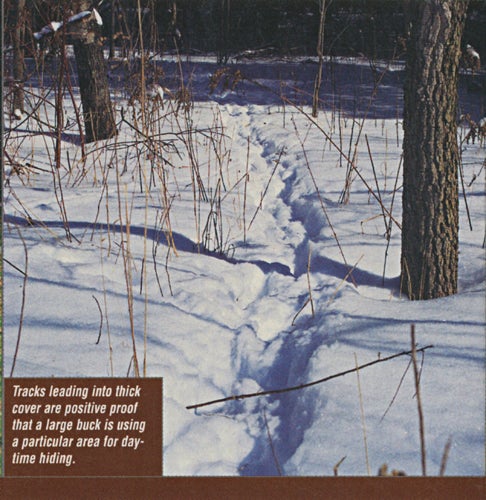
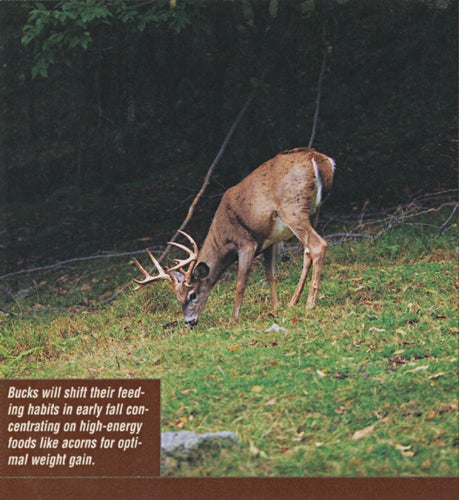
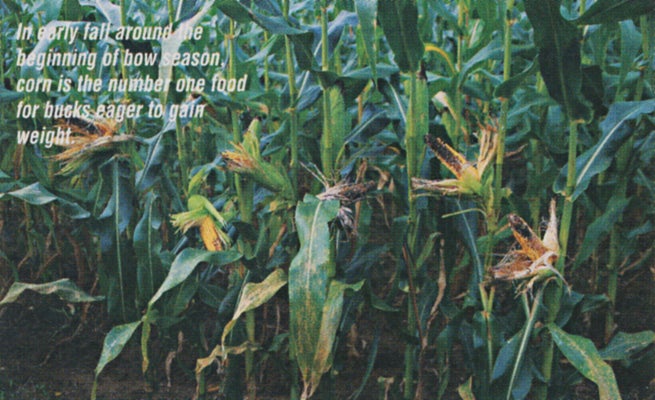
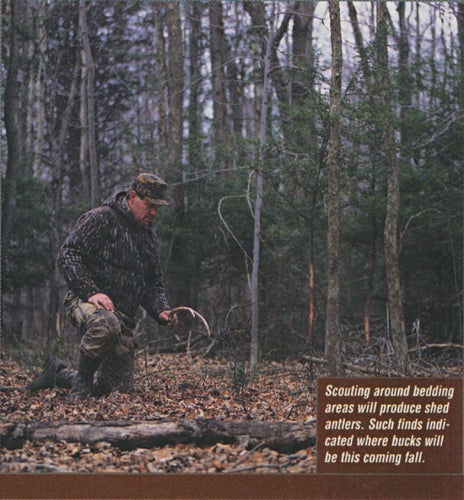
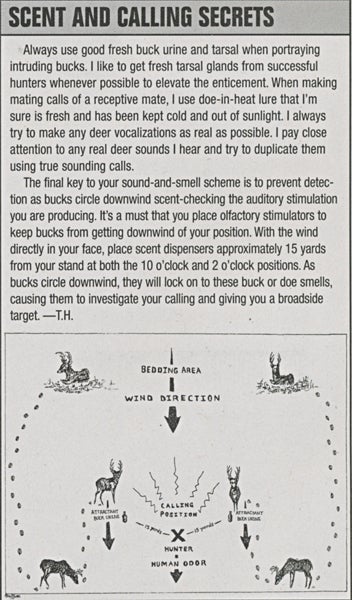
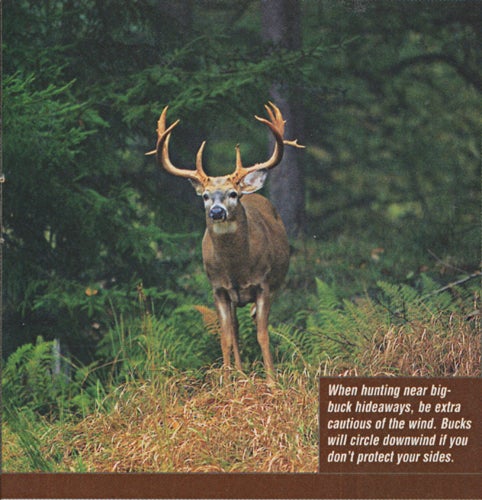
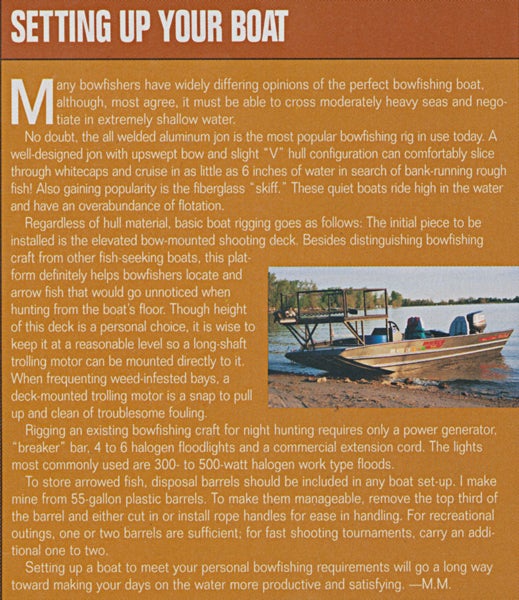
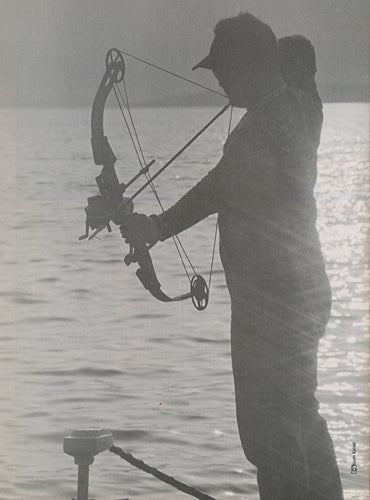
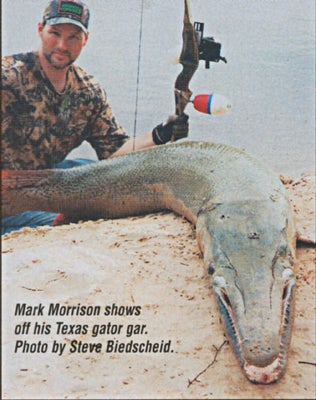
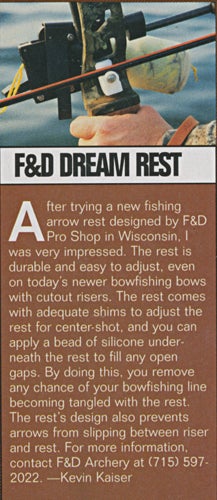
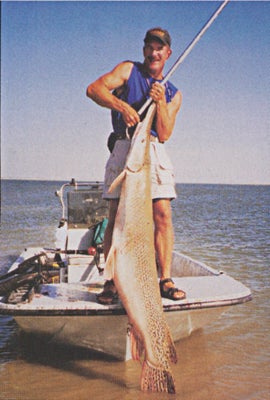
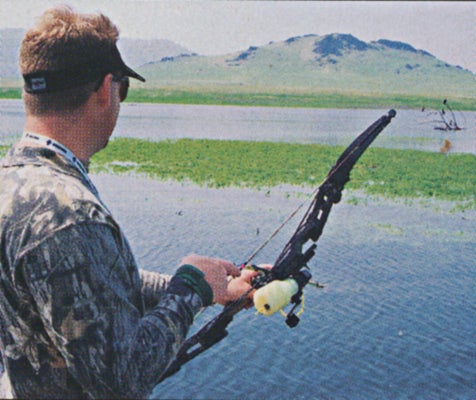
 Your Privacy Choices
Your Privacy Choices